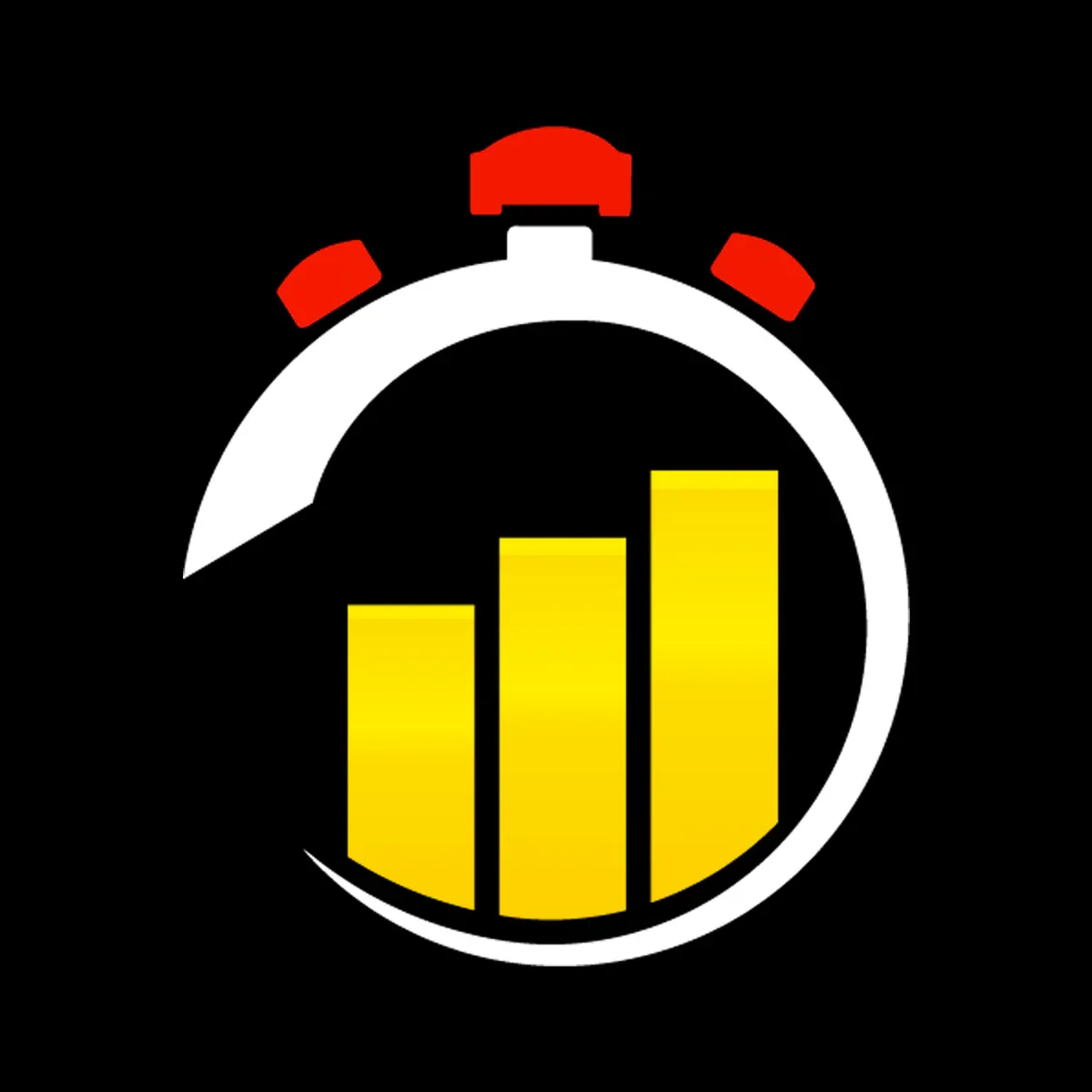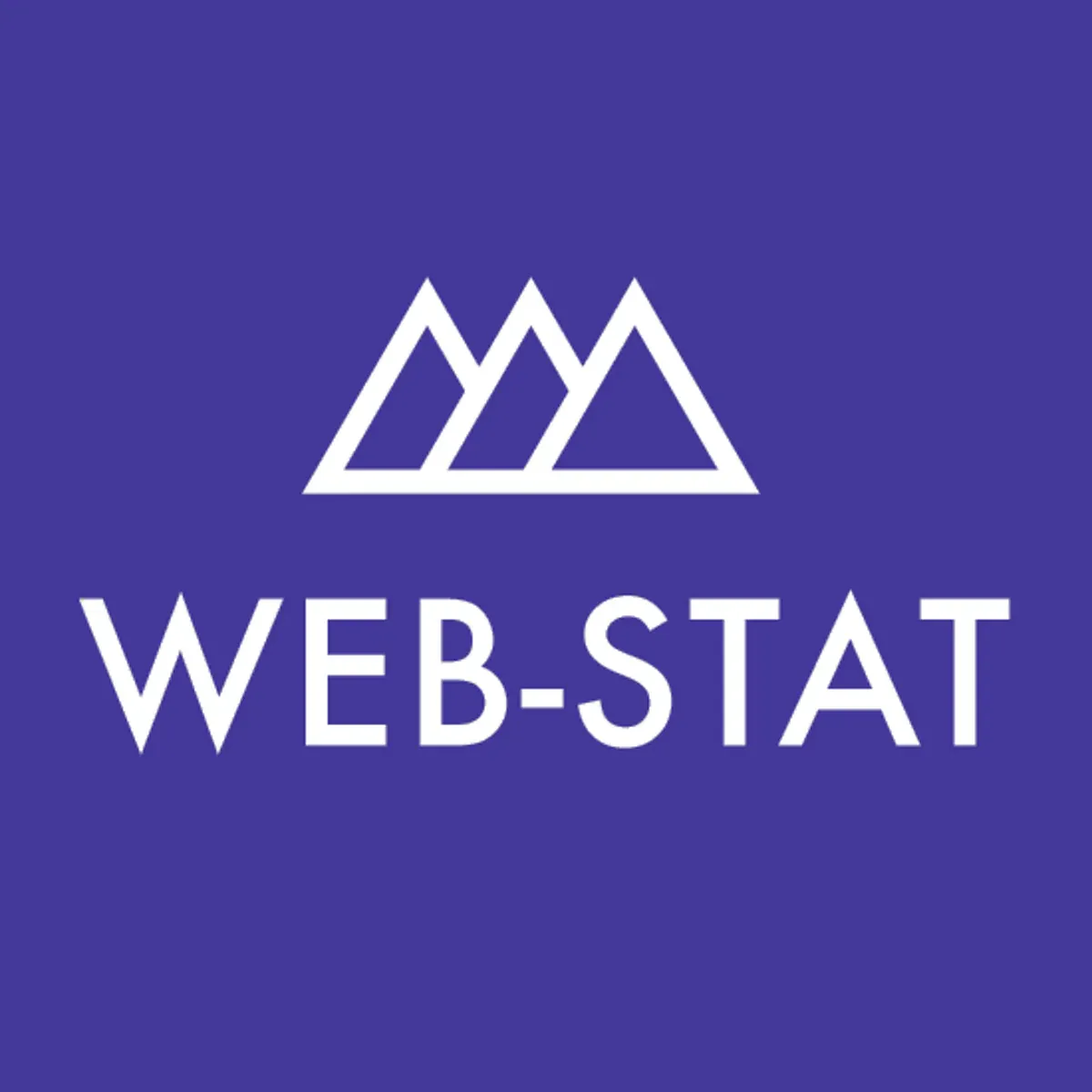What is Web Analytics?
Web analytics collects and analyzes data to optimize website performance, tracking user behavior, traffic, and KPIs to enhance UX, conversions, and effectiveness.
Explanation
Importance
- Improved Decision Making: Web analytics provide valuable data that can help businesses make informed decisions about website changes, marketing strategies, and customer engagement tactics.
- Enhanced User Experience: By understanding user behavior and pain points, businesses can optimize website design, content, and functionality to improve the overall user experience.
- Performance Tracking: Web analytics help businesses measure how well their website is performing in terms of traffic, engagement, and conversions, enabling them to track ROI.
- Targeted Marketing: Analytics data can provide insights into which marketing campaigns or channels are driving the most valuable traffic, allowing businesses to refine their marketing strategies.
- Conversion Rate Optimization (CRO): By analyzing visitor behavior, businesses can identify areas for improvement in the conversion funnel and optimize it to increase sales and leads.
How It Works
- Tracking Code Installation: Install tracking code (such as Google Analytics or a third-party analytics tool) on your website to begin collecting user data.
- Data Collection: The tracking code captures data on user interactions, page visits, session duration, sources of traffic (organic search, paid ads, etc.), and much more.
- Data Analysis: Web analytics tools analyze the collected data and present it in the form of reports, graphs, and dashboards for easier interpretation.
- Actionable Insights: The insights from the analysis help businesses understand which pages, campaigns, or traffic sources are driving the most value, allowing them to optimize website performance and marketing efforts.
- Continuous Monitoring: Web analytics provide ongoing tracking, so businesses can monitor changes in user behavior and continuously improve their strategies over time.
Benefits
- Optimize Website Performance: By understanding which pages perform well and which do not, you can make data-backed decisions to improve site navigation, design, and content.
- Increase Conversions: Web analytics highlight areas in the sales funnel where users drop off, enabling businesses to make changes that will help increase conversion rates.
- Better Marketing ROI: With insights into traffic sources and user engagement, businesses can allocate their marketing budget more effectively, focusing on channels that drive the best results.
- Customer Insights: By analyzing visitor demographics, interests, and behaviors, businesses can gain deeper insights into their target audience, helping them tailor products, content, and marketing efforts accordingly.
- Monitor KPIs: Web analytics allows businesses to track important KPIs, such as bounce rate, time on site, and conversion rates, to ensure they are meeting their goals.
Top Shopify Apps for Web Analytics:

- Provides detailed real-time web analytics, including tracking of visitor activity, page views, conversions, and referral sources.
- Features heatmaps, user recordings, and goal tracking to help optimize user experience and improve conversion rates.
- Offers easy integration with Shopify stores and provides actionable insights into website traffic and performance.

- A simple web analytics tool for Shopify merchants that tracks traffic, user behavior, and conversions.
- Features real-time reporting, customizable dashboards, and detailed tracking of various website metrics.
- Web-Stat is designed for ease of use, providing quick insights into visitor behavior without requiring advanced technical knowledge.